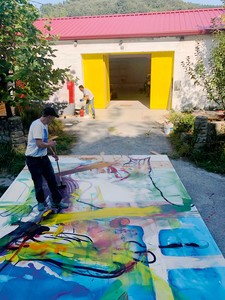
Albert Oehlen: Terrifying Sunset
The artist speaks with Mark Godfrey about his new paintings, touching on the works’ relationship to John Graham, the Rothko Chapel, and Leigh Bowery.
Qualities that I want to see brought together: delicacy and coarseness, color and vagueness, and, underlying them all, a base note of hysteria.
—Albert Oehlen
Albert Oehlen’s oeuvre is a testament to the innate freedom of the creative act. Through expressionist brushwork, surrealist methodology, and self-conscious amateurism he engages with the history of abstract painting, pushing the basic components of abstraction to new extremes.
Oehlen studied at the Hochschule für bildende Künste Hamburg in Germany from 1978 to 1981 and quickly rose to prominence in the Berlin and Cologne art scenes. He came to be associated with the Junge Wilde artists, including Martin Kippenberger and Werner Büttner, who sought to create work that defied categorization and refuted the artistic status quo. Straddling various debates surrounding the nature of painting, Oehlen’s work deconstructed the medium to its constituent elements—color, gesture, motion, and time—and evolved out of constraints he applied to his artistic process. This line of investigation, which Oehlen has continued to pursue in the decades since has resulted in striking variations between—from works that combine abstract and figurative styles, created in response to the Neo-Expressionism of the 1980s, to paintings comprising of grids of colored squares.
As Oehlen began to incorporate new technologies into his work—inkjet printers, computer-aided design programs, and references to the pixelated lines of computer screens—the parameters that he set for himself shifted, offering new obstacles and challenges. Some of these self-imposed “rules” include limiting his palette and combining perambulating black lines with carefully blended gradations (in the Baumbilder [Tree Paintings]), and utilizing erasure and layering to juxtapose bright and muddy colors, as in the Elevator Paintings, a single work in nine parts from 2016. In the late 1990s, Oehlen spray-painted over collaged imagery that had been transferred to canvas with large, industrial printers typically used to create billboards.
Oehlen is perhaps best known for his embrace of “bad” painting. Alongside his many rules, he allows a certain awkwardness or ugliness to enter his work, introducing unsettling gestures, crudely drawn figures, visceral smears of artificial pigments, bold hues, and flesh tones. In this way, he attests to the infinite combinations of form made possible through painting, and shows that these combinations can be manipulated at the artist’s will to produce novel perceptual challenges for the viewer.

The artist speaks with Mark Godfrey about his new paintings, touching on the works’ relationship to John Graham, the Rothko Chapel, and Leigh Bowery.
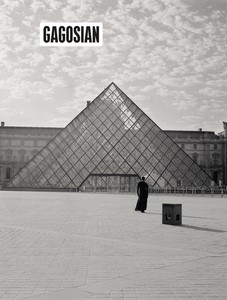
The Summer 2021 issue of Gagosian Quarterly is now available, featuring Carrie Mae Weems’s The Louvre (2006) on its cover.

Albert Oehlen speaks to Mark Godfrey about a recent group of abstract paintings, “academic” art, reversing habits, and questioning rules.
This film by Albert Oehlen, with music by Tim Berresheim, takes us inside the artist’s studio in Switzerland as he works on a new painting.
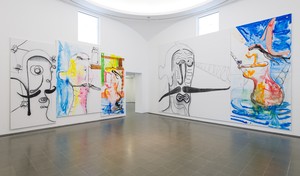
Hans Ulrich Obrist interviews the artist on the occasion of his recent exhibition at the Serpentine Galleries, London.

The artist met with art historian Christian Malycha to discuss his newest paintings.
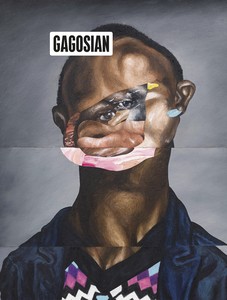
The Fall 2019 issue of Gagosian Quarterly is now available, featuring a detail from Sinking (2019) by Nathaniel Mary Quinn on its cover.
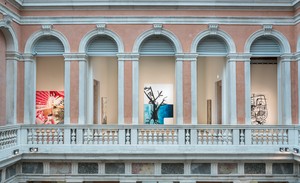
At the Palazzo Grassi, Venice, a career-spanning exhibition of paintings by Albert Oehlen, entitled Cows by the Water, went on view in the spring of 2018. Caroline Bourgeois, the curator of the exhibition, discusses how the show was organized around the artist’s relationship to music.
Request more information about
Albert Oehlen